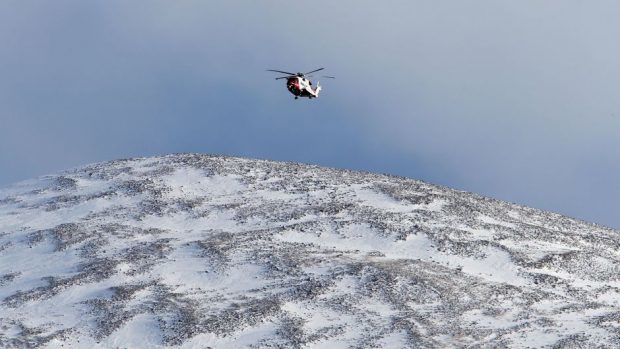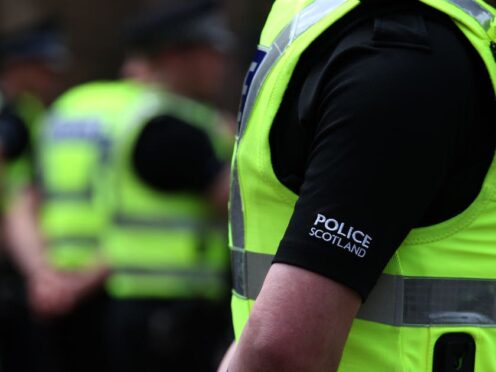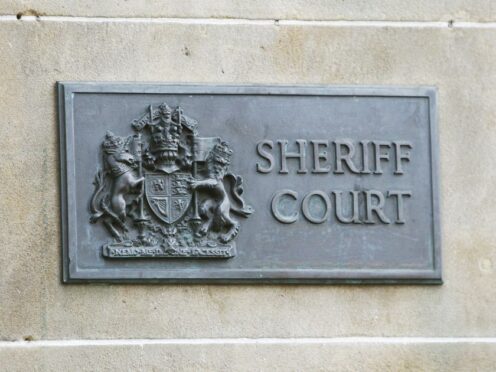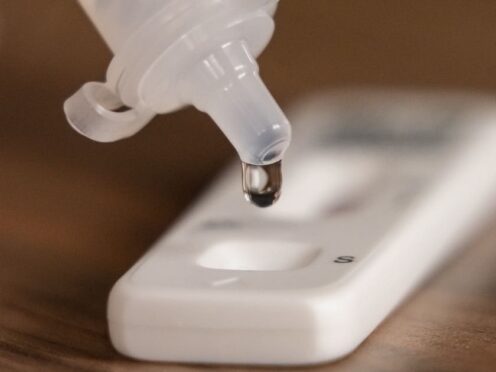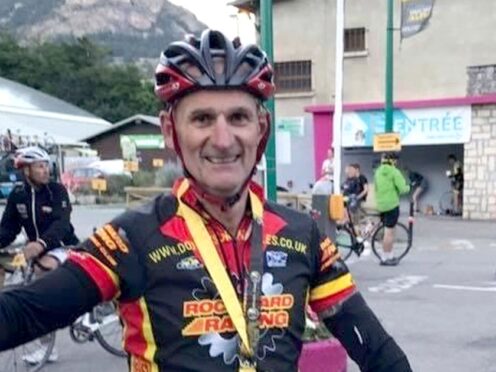More than 100 walkers and climbers were involved in avalanche incidents on Scottish mountains last winter, according to a new report.
Three people died following avalanches that occurred in a 10-day period in February, the Scottish Avalanche Information Service said.
SAIS added that two other fatalities during the winter of 2015/16 may also have involved avalanche activity.
The service recorded 205 avalanches between December 2015 and April – with 109 people caught up in them.
Of the avalanches, SAIS said 159 were released naturally and 46 were incidents triggered by people.
Some of the avalanche occurrences were minor, but others were “more significant” and resulted in people being carried with down by the avalanche, the service said.
A total of 21 people were carried down by an avalanche, it said.
In its report, SAIS, which has not named the three fatalities, said: “Significantly, 21 human triggered avalanche incidents occurred during a 10-day period in February, with three fatalities.
“This period was also during the mid-term holidays and coincided with stormy conditions, poor visibility, snowpack instability and when considerable to high levels of avalanche hazard were issued by the SAIS, notably in the Lochaber and Creag Meagaidh areas.”
February saw the deaths of Adrian “Dave” Bankart, 54, from Derbyshire, following an avalanche on Creag Meagaidh and Rachel Slater, 24, and Tim Newton, 27, from Bradford, who mountain rescuers say were caught by an avalanche before starting a climb on the North Face of Ben Nevis on Valentine’s Day.
In January two climbers – including a rescue team member – died climbing in Glen Coe.
Joe Smith, 23, who lived in Kinlochleven in Lochaber, perished with experienced mountain skills instructor Simon Davidson, 34, who lived in Fort William.
The pair probably plunged “several hundred feet” on January 16.
Mr Smith, who was originally from Lancashire, was a member of the Glencoe Mountain Rescue Team that found their bodies.
It is believed the men – who were friends – may have got caught up in an avalanche.
SAIS assesses avalanche hazards in six mountain areas.
These are Lochaber, Glen Coe, Creag Meagaidh, Southern Cairngorms, Northern Cairngorms and Torridon.
The service provides information on the stability of snowpack on the mountains from between December and April.
